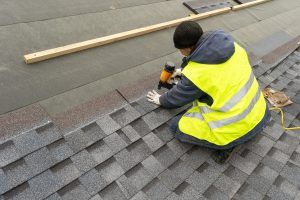Job Vacancy – Drainage/Plumbing Engineer
Dpgplus is a successful multi-trade company offering a one-stop shop for drainage, plumbing, groundwork, joinery and electrical to our commercial customers. We have a drainage contract for a large supermarket…

